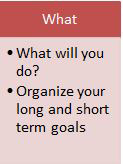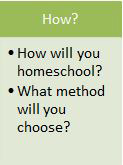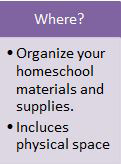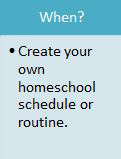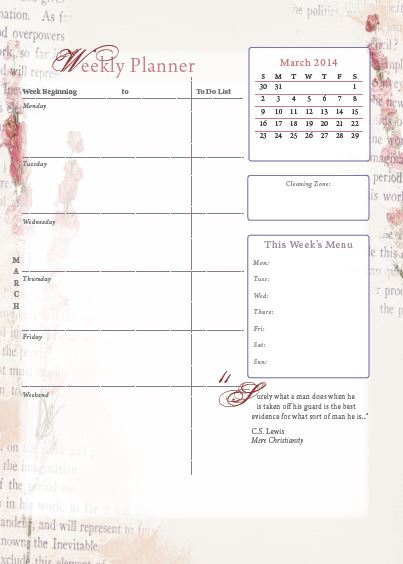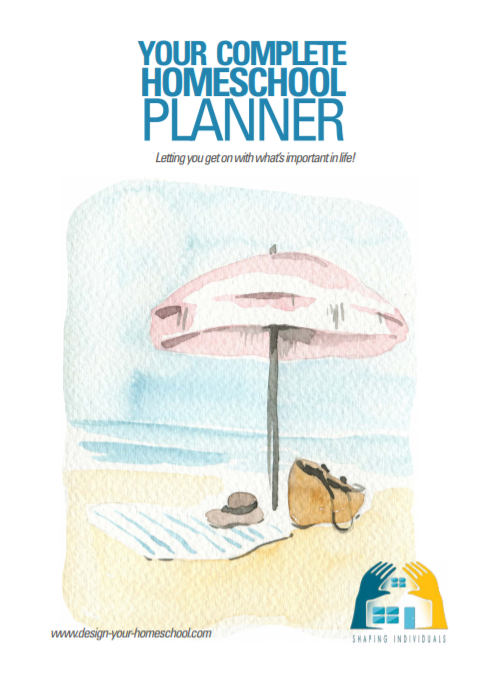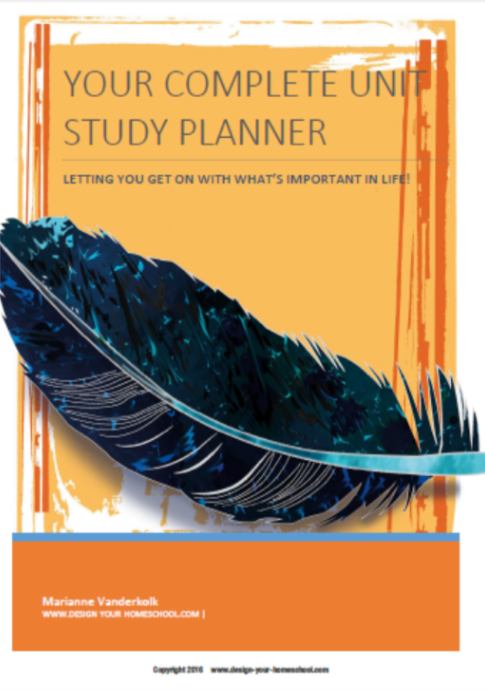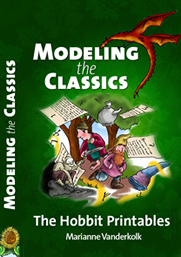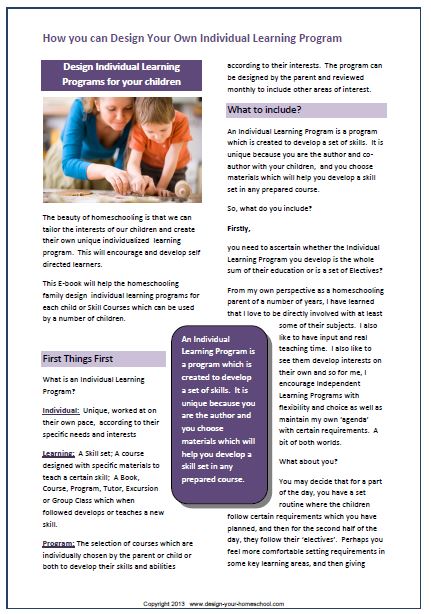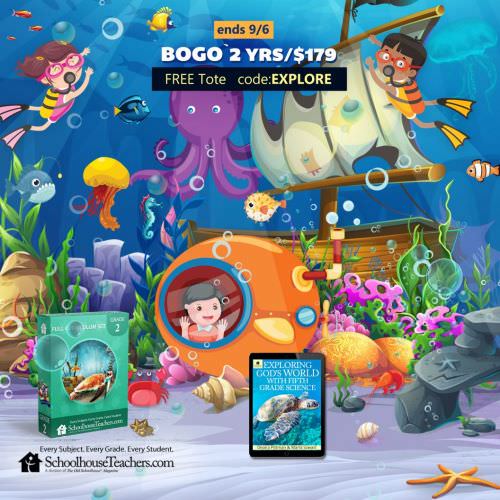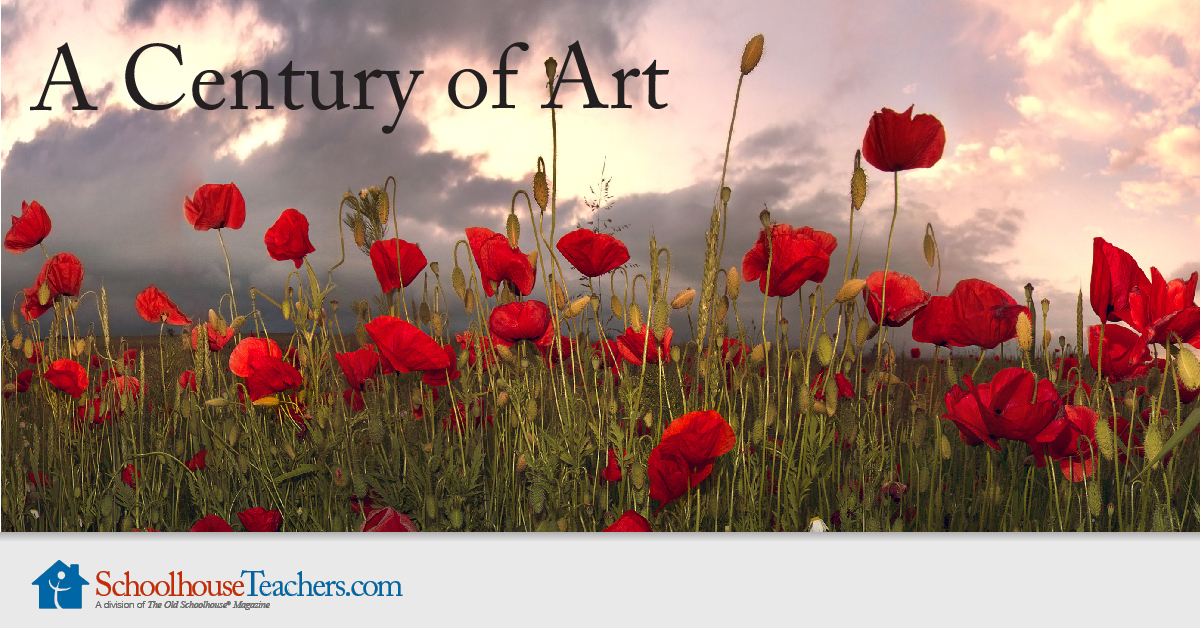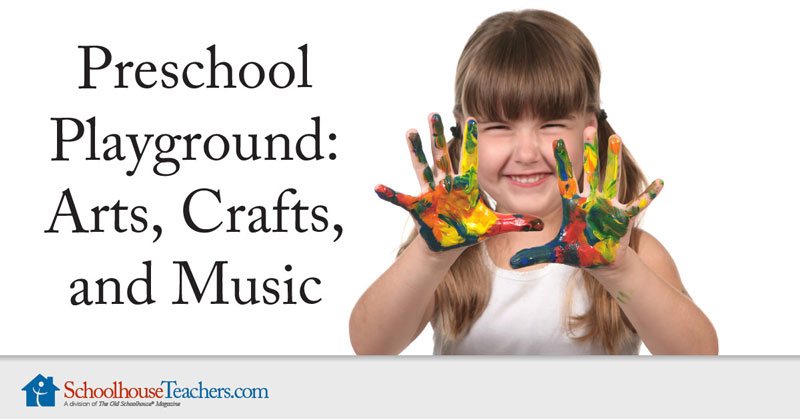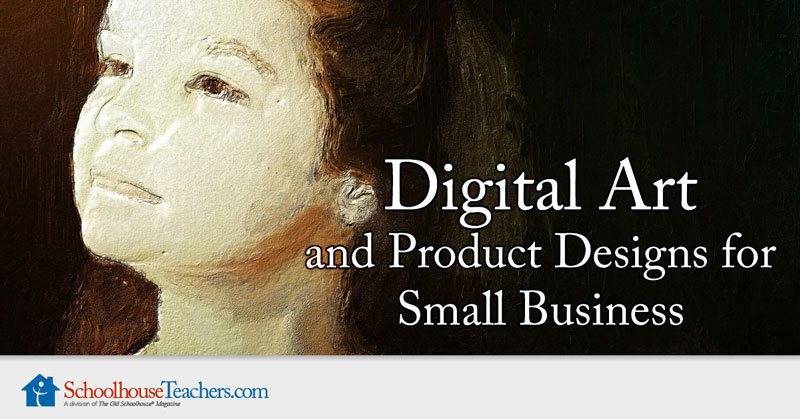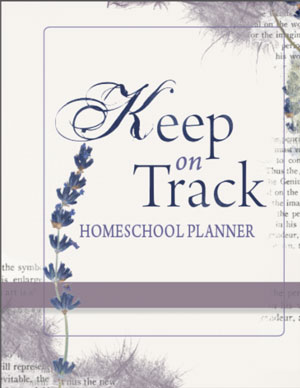Organize your Homeschooling Supplies, Materials and Environment
Homeschooling Supplies - What? How? More ideas? Organized here:
Personal Work Environments/ Desks
Books - for presentation, Family Read Alouds and Bookshelves
Book Display ShelfA lovely book display unit which is such a great way to display your theme books.  |
Handy Desk OrganizersReally useful organizers to stack books on individual desks.  |
Personal Work Environment / Desks
If you are planning to set up a quiet workplace for each student you will need suitable desks and chairs. Each child should have their own homeschooling supplies nearby - such as pens, pencils, sharpeners, erasers, ruler, paper. There's been plenty of times that my kids have wandered about looking for a pen / pencil /eraser - so keeping them neat and tidy on their own desk really has its benefits.
On each of their desks, my children also have a wire desktop file organizer. This helps them to keep some of their books in place and easily accessible. My children like to have their own stationery supply on their desks. Their writing pencils are marked with their name, their own ruler, rubber all set out ready for use.
It is always fun to go to the local newsagent or stationery office supplier such as Officeworks and pick and choose what you need for the year or term such as paper, cardboard, colored paper, pens, glue, stapelers and so on.
We have drawers in which we keep their larger notebooks, but shelves are fine also. One important thing to teach the children know where to put their things and to keep it in the same place. One thing I really hate is wasting time searching high and low for a book which someone has not put back in the right spot! - (and it could be me!)
Add your homeschool organizational tip here!
Homeschooling Supplies - Books, Workbooks and Notebooks
What books will you need to buy? This depends on the type of homeschool curriculum you use and the method in which you homeschool. If you are working primarily through textbooks, your children will need to write into lined notebooks.
If you do not wish them to write into consumable texts, they will also need a notebook to write into. It may be beneficial for older children to do their work into Lever Arch Files with file dividers so that they can add pages into the appropriate sections. For example, when my children have begun to work through Apologia Science, they have written their Chapter summaries, answers, experiments and tests onto loose-leaf A4 paper and have added it to their Science File behind file dividers.
We have also used files for Language Arts entering information as we learned it into appropriate sections of the file.
Years ago, we made a History File using a Lever Arch File, which was also divided into sections - Famous Men and Women, Wars, Towns and Cities, Geography, Culture. Every time we began a new time period, we started a new file with new dividers.
However, I now prefer to keep most of their work in large A3 or A4 Art Books. This becomes a treasured notebook which they love to look back on years down the track.
We use these blank spiral notebooks for History, Journal, Science (one for Botany, one for Zoology), a Writing Treasure for copying literature and poetry, Geography and Art. This is more like notebooking in different subject areas and will appeal to some children more than others.
When they write into these books, they either write on a lined page and then glue it in the book, or they draw up lines and write directly into the notebook. I like using these books because it has allowed us to experiment with presentation - adding flip books, fold outs, pockets, drawings, illustrative work in the context of their learning. Some of my children stick to a strict, no-fuss format, while others like to add details and be more creative.
Lately, we have just decided to keep a journal of the books they are reading into their own Writing Treasures. They photocopy or draw an illustration from the book they have just read, and then add either a copy of a paragraph from the book or a book review. If your children are too young to write their own copy, be a scribe for them to make this a lovely keepsake. This becomes a great reminder of what they have read in a more inspiring way than just a booklist.
Family Read Alouds
Do you have a place to read aloud or a place where your children can curl up with a good book? At times, we have utilized small spaces by adding a bookshelf and a few cushions or a beanbag. Children love small nookies just to sit quietly and enjoy a book, puzzle or time to draw.
Book Lists or Bookshelves?
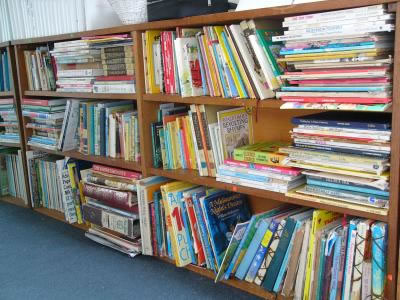
Every homeschooling family has numerous bookshelves! Yes, we all seem to be born as bibliophiles. (The practice of loving or collecting books is dubbed bibliophilism). If you're like me, you seem to leave book piles where you're reading aloud, piles where you're planning, kids leave book piles near their beds on the couch, and wherever they've been.
The question is how do we arrange our shelves or should we arrange them at all?
I have different book collections in different rooms. When my children were very small, there was no rhyme or reason to the book shelf. Only recently, I decided to arrange a bookshelf/shelves for each child. In a sense this is like a reading list on a shelf. I colour-coded the books and encourage my children to read through the books on their shelves. The books vary from fiction to non-fiction, across the subject areas and vary in difficulty also. I have described my reading bookshelves here.
Other books and homeschooling supplies are scattered about on different shelves and different corners of the house.
The Big Box of Books
I also have a big book box near my reading couch. This contains the books we are reading aloud - it could be a selection of history, science, literature, Bible, Poetry, Shakespeare. I like to keep them in a box for easy access.
The children also have their "Book Boxes". At times I have used larger boxes. I like the ones with castors as they are easy to roll from one spot to another. Another idea is just simple cardboard storage boxes into which you can add 2-5 books. After lunch we have "BookBox Time" and they take their boxes and read from that selection.
Separate Book Boxes
I have also now added a section which is for my older teens. These bookshelves include worldview books such as "Understanding the Times" and older classics such as "Les Miserables" as well as primary source history and literature.
My children don't necessarily stick to reading only from "their" shelf, but it does give them some guidance and it is also a way for me to visually see what they have read. (Each time they read another book on their shelf, they place it behind their large bookmark which has their name on it.)
A Rich Learning Environment
As we organize our homes to educate our children, we need to organize our homeschooling supplies in more areas than just books, paper and pens.
In all areas of life, there are lessons to be learned, so plan to make your whole home into a rich learning environment.
Make room in your home and sort our homeschooling supplies where children can:
- Be Creative. Have art homeschooling supplies readily available to the children. Do they know where the paints are kept? Teach them how to prepare, use the paints and clean up. Spend money on good art supplies - sharp scissors, reliable tape dispensers, good quality watercolor pencils or pastels and so on.
- Be Messy. Allow them to explore outside, make cubbies, play in dirt, climb trees, make forts, experiment with clay and so on.
- Build. Teach your children how to use hand tools so they can experiment and build models, toys, tracks, bookshelves!!
- Garden. Encourage gardening skills, working in the soil is good for the soul.
- Learn Computer Skills.
- Listen to music and audio books. Have a good set of earphones, find books on tape at the library or download them for free from the internet. I love using librivox.org to download classic books. As you study different composers have a selection of that composer on CD to enjoy.
- Look after animals. Allow your children to keep pets at some time in their life, even if it is just silkworms or tadpoles. It adds another learning dimension and also teaches responsibility.
More to make your Homeschool Organized
Complete Household Notebook
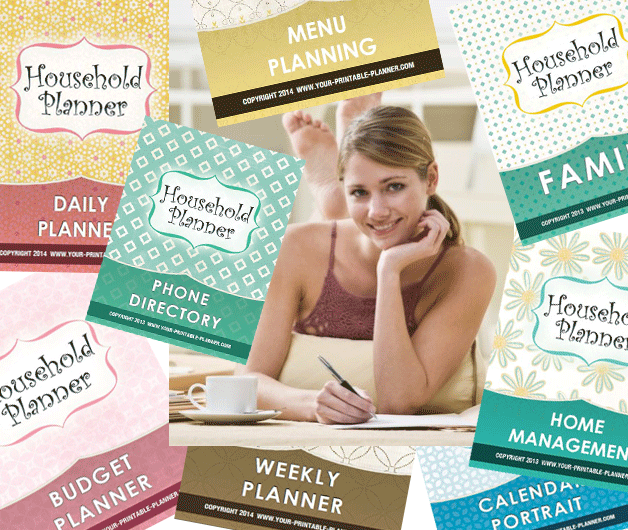
The Complete Household Notebook is a way to create more order in your home. It contains a huge amount of planning pages including calendar pages, daily planner, weekly planner, home management, budget planner, family planning pages, phone directory and a menu planner.
Costs $8.95US
More information about the Household Notebook here.
I Dream of Clean: A House Cleaning Schedule
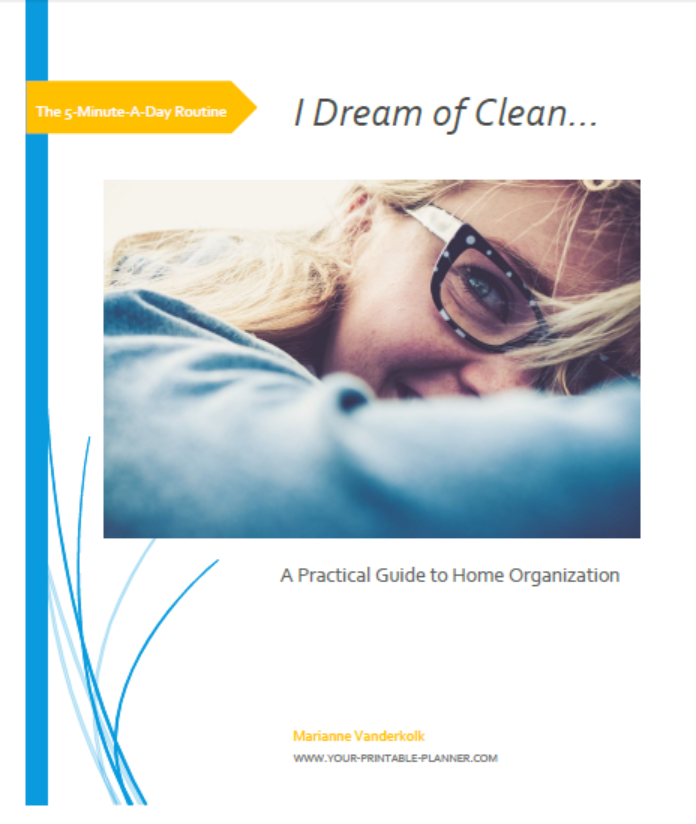
This E-book is arranged around cleaning 4 zones in the house using the 3 step method of
- Declutter
- Organize
- Clean
It is divided into 16 weeks and is arranged both by the week with a weekly list of jobs to be done and also lists according to the Steps and according to the Zone. Costs $6.95
More Dream of Clean information at www.your-printable-planner.com



